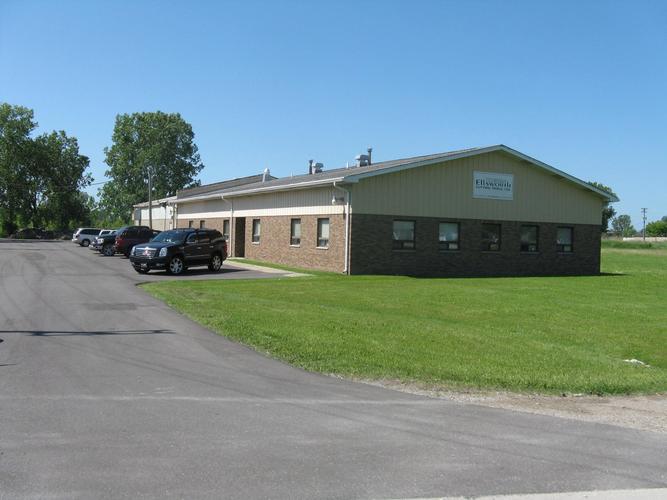
The allure of quick profits in house flipping has drawn thousands of investors, but new data from ATTOM Data Solutions reveals a stark reality: 40% of flippers lost money in Q1 2024, the highest loss rate since 2011. As housing markets cool and interest rates rise, the era of easy flipping profits is over. So, how can investors survive—and thrive—in this challenging landscape?
Common Pitfalls in Flipping: Why Failure Strikes Most
Many aspiring flippers stumble due to three critical missteps. First, misjudging market timing leads to purchases in declining or oversaturated areas. Cities like Phoenix and Las Vegas, once flipping hotspots, now see resale prices 25% below expectations due to oversupply, as highlighted in a 2024 Zillow report. Relying on intuition rather than real-time data—such as income growth trends or inventory levels—often results in overpaying for properties.
Second, excessive leverage and budget overruns erode profits. Ambitious investors frequently use hard-money loans with 15%+ interest rates while underestimating renovation costs. Up to 60% exceed their budgets, often due to unforeseen structural issues or overspending on luxury features that don’t align with local buyer demands. A $50,000 kitchen upgrade in a $300,000 home, for example, rarely justifies the expense in resale value.
Third, neglecting the After-Repair Value (ARV) principle is a critical error. Successful flipping requires accurate ARV estimation—based on recent comparable sales, not optimistic projections. A 10% overestimation in ARV can turn a projected 20% profit into a 10% loss, as ongoing holding costs chip away at margins.

Strategies for Profitable Flipping in a Tough Market
One key strategy is targeting "value-add" markets with specific criteria: neighborhoods showing 3%+ annual income growth and low inventory (supply lasting fewer than 3 months). Tools like Redfin’s Market Minder help identify areas where renovated homes sell 15% faster. In Charlotte, NC, flippers focusing on suburbs with expanding tech jobs achieve 25% higher profits by aligning with rising demand for move-in-ready properties.
Controlling renovation costs is equally vital. Adopt a "50% rule," allocating no more than half the purchase price to renovations. Prioritize high-ROI projects: a $10,000 bathroom remodel typically yields a 90% return, while pool installations or custom cabinetry rarely recoup costs. Use platforms like HomeAdvisor to secure competitive bids and include a 20% contingency fund for unexpected issues.
Data-driven pricing is another cornerstone. Validate ARV with AI tools like Zillow’s Instant Offer, cross-referencing at least 10 recent sales of similar homes. Listings priced within 5% of market value sell three times faster, reducing holding costs that average $2,000 monthly. This approach minimizes reliance on guesswork and accelerates cash flow.
Building a reliable team cannot be overstated. Partner with local contractors (verified via Angie’s List reviews), real estate agents experienced in flipped homes, and inspectors who specialize in renovation pitfalls. A cohesive team streamlines timelines by 30%, negotiates better material prices, and identifies costly issues—like faulty wiring or foundation problems—early in the process.
When to Shift Tactics: The Rental Alternative
If after 90 days the ARV projection falls below 120% of total costs (purchase, renovations, and financing), consider pivoting to long-term rentals. This strategy offers 6-8% annual returns through stable cash flow, transforming a potential loss into a sustainable investment—especially in markets with rising rental demand.

Conclusion
House flipping today demands discipline and data over daring. By focusing on undervalued markets, enforcing strict budget controls, and leveraging real-time analytics, investors can overcome the 40% loss trend. Success now belongs to those who treat flipping as a precision business: conduct thorough due diligence, build a skilled network, and prioritize realistic projections over hype. In today’s market, preparation—not luck—determines profitability.





